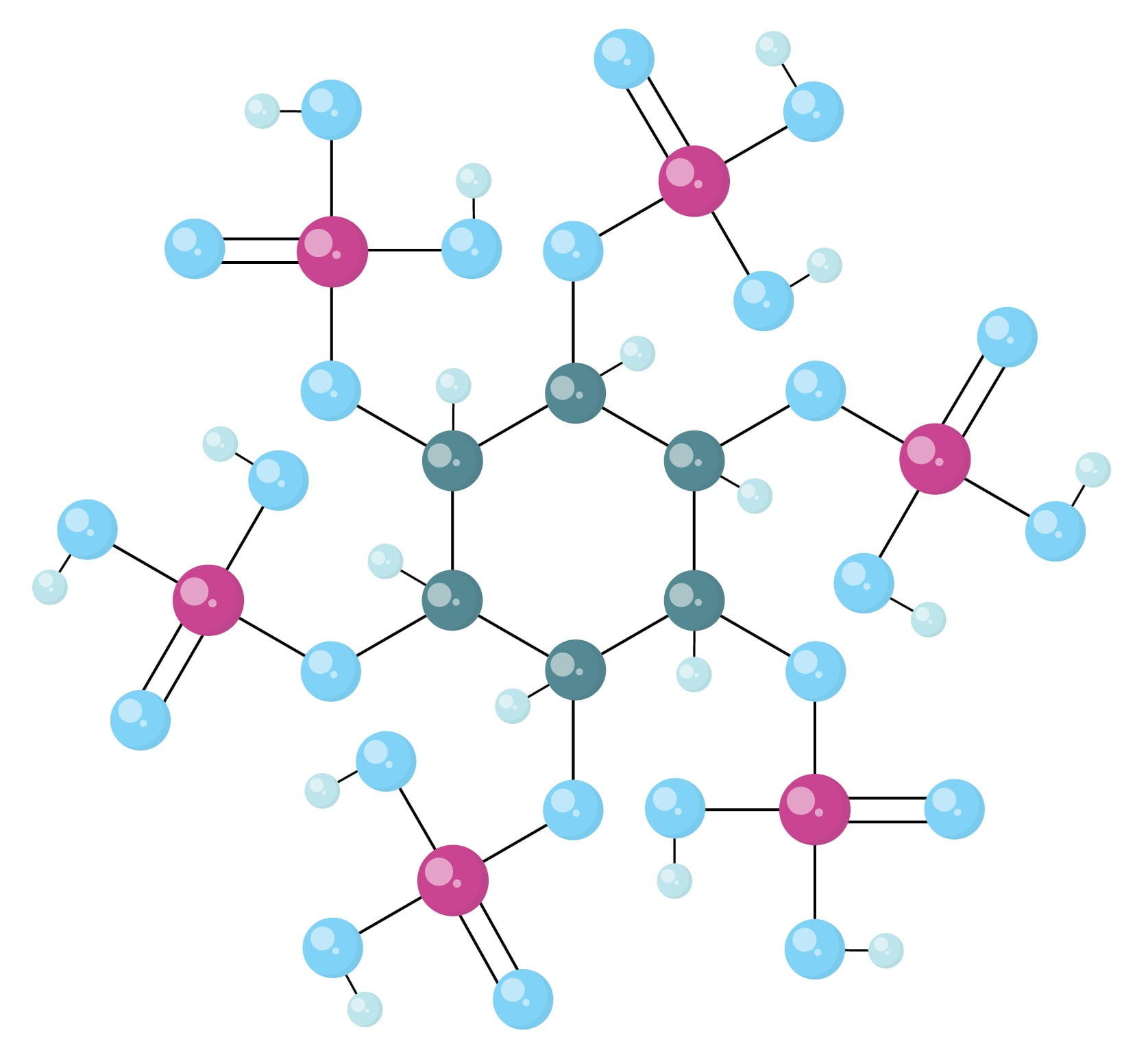
Phytic acid (natural organophosphate), with melamine and metal ions, reduced fire, smoke and toxic gases in polyamide. Melamine (an organo-nitrogen molecule) was reacted with phytic acid (the biological phosphorus storage molecule of plants) to produce melamine phytate platelets, on which different transition metals (copper, nickel, zinc) were surface deposited (at 0.9 – 1.9 % w/w). Melamine phytate with no metal and with each of the three metals was tested in glass fibre reinforced polyamide PA6 (18% GF) at 12% FR loading. LOI was improved from 21.5 (neat glass-fibre PA6) to 28.5 – 30, peak heat release rate was reduced by over 30% and total smoke production by nearly 40%. The inclusion of transition metals showed synergy with the melamine phytate PIN flame retardant, with copper being most effective, considered to be due to catalytic effects and generation of glassy char.
“Novel transition metal modified layered phosphate for reducing the fire hazards of PA6”, X. Qian et al., Composites Communications 37 (2023) 101442 https://doi.org/10.1016/j.coco.2022.101442